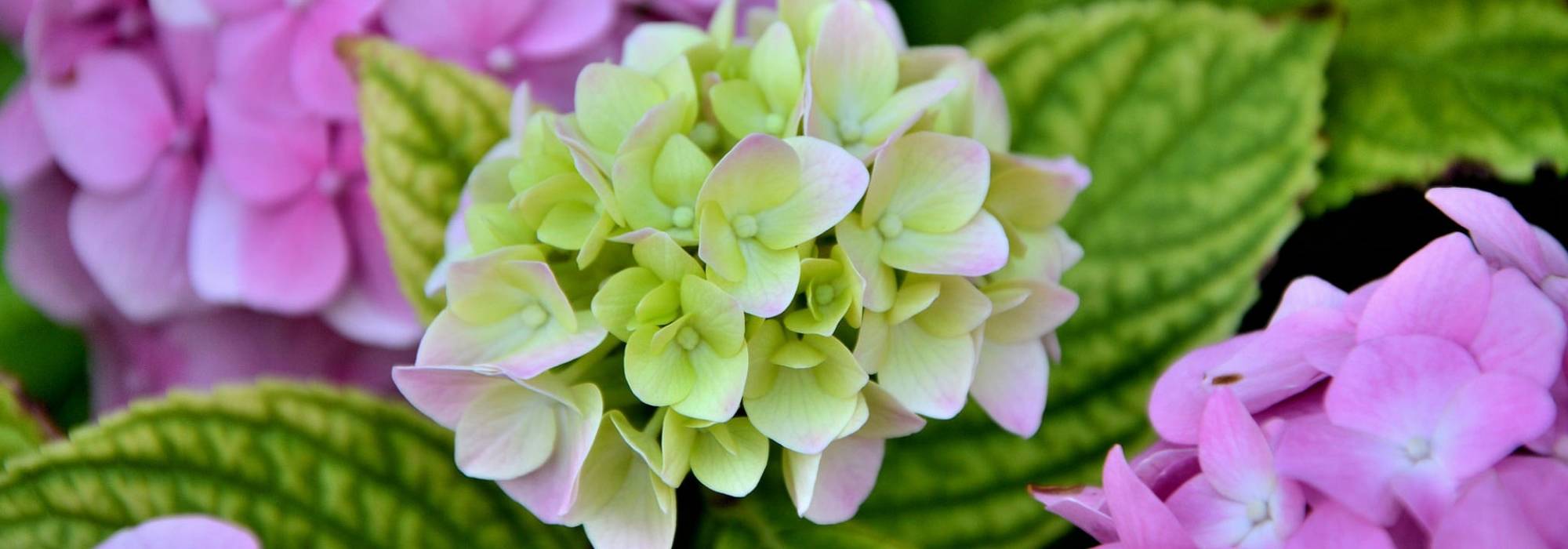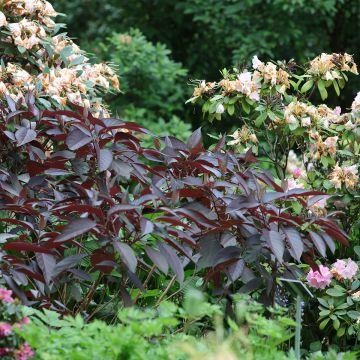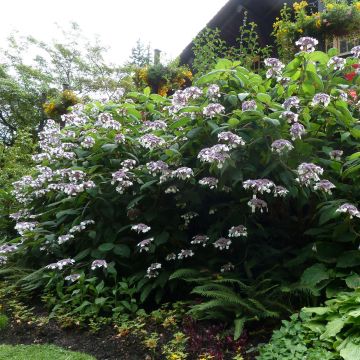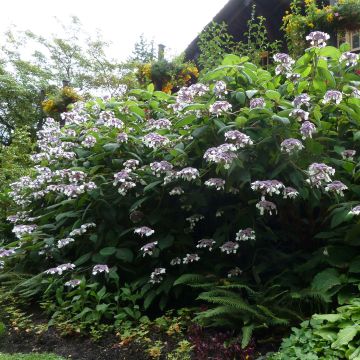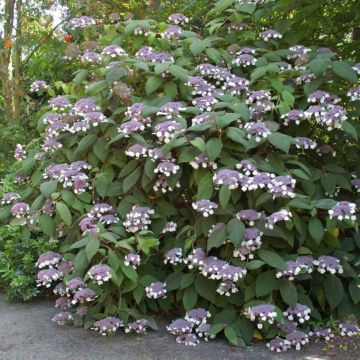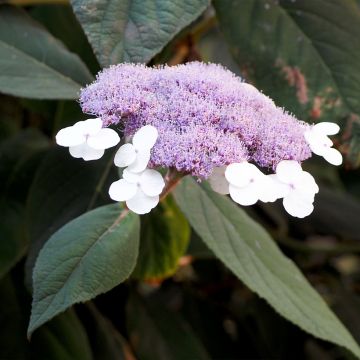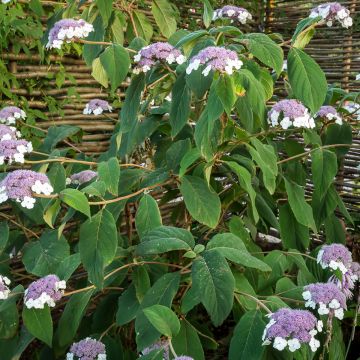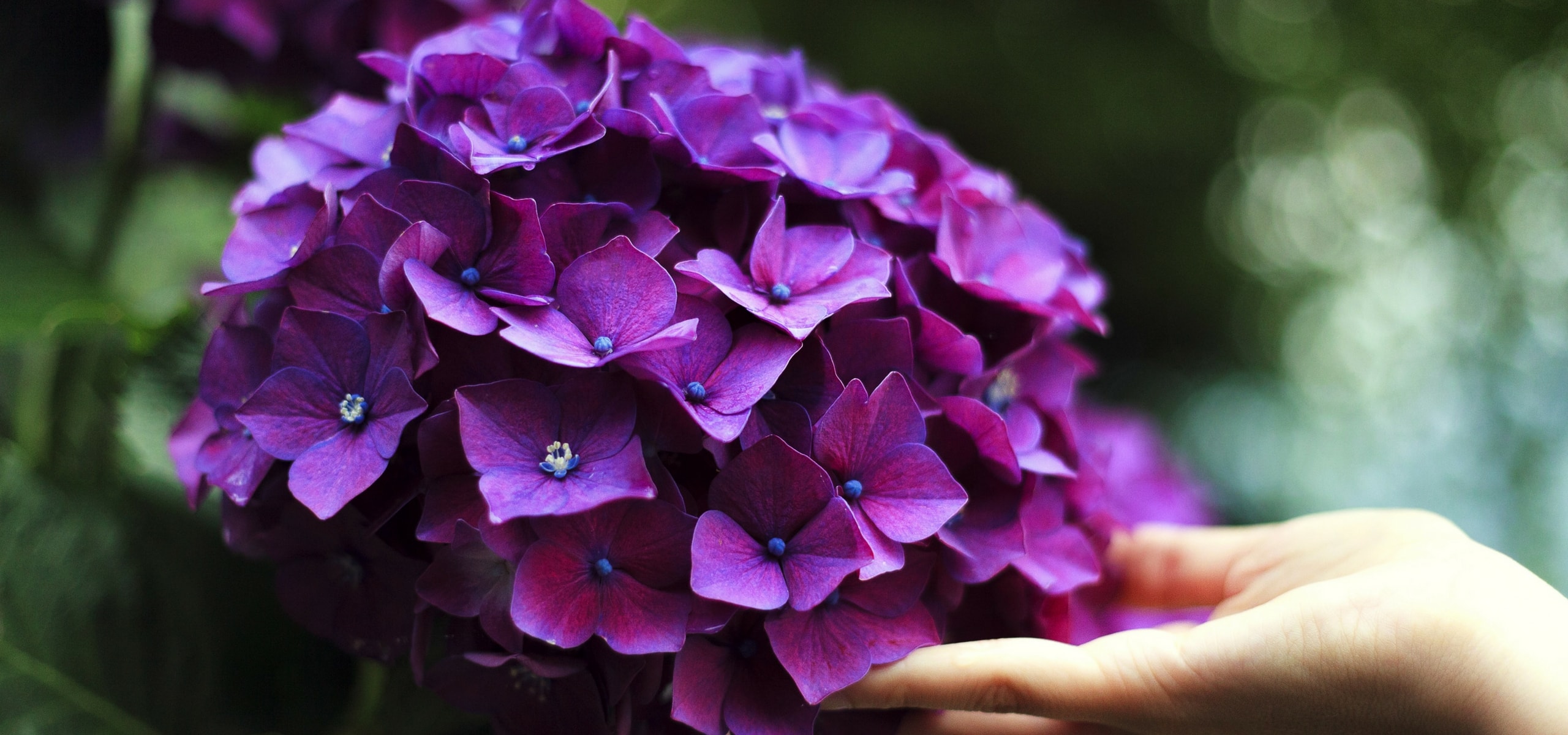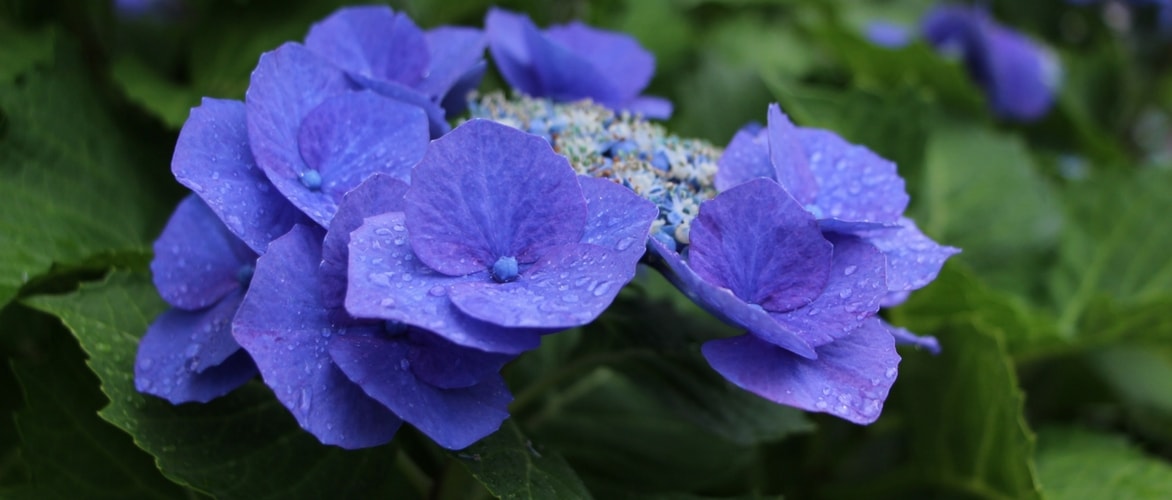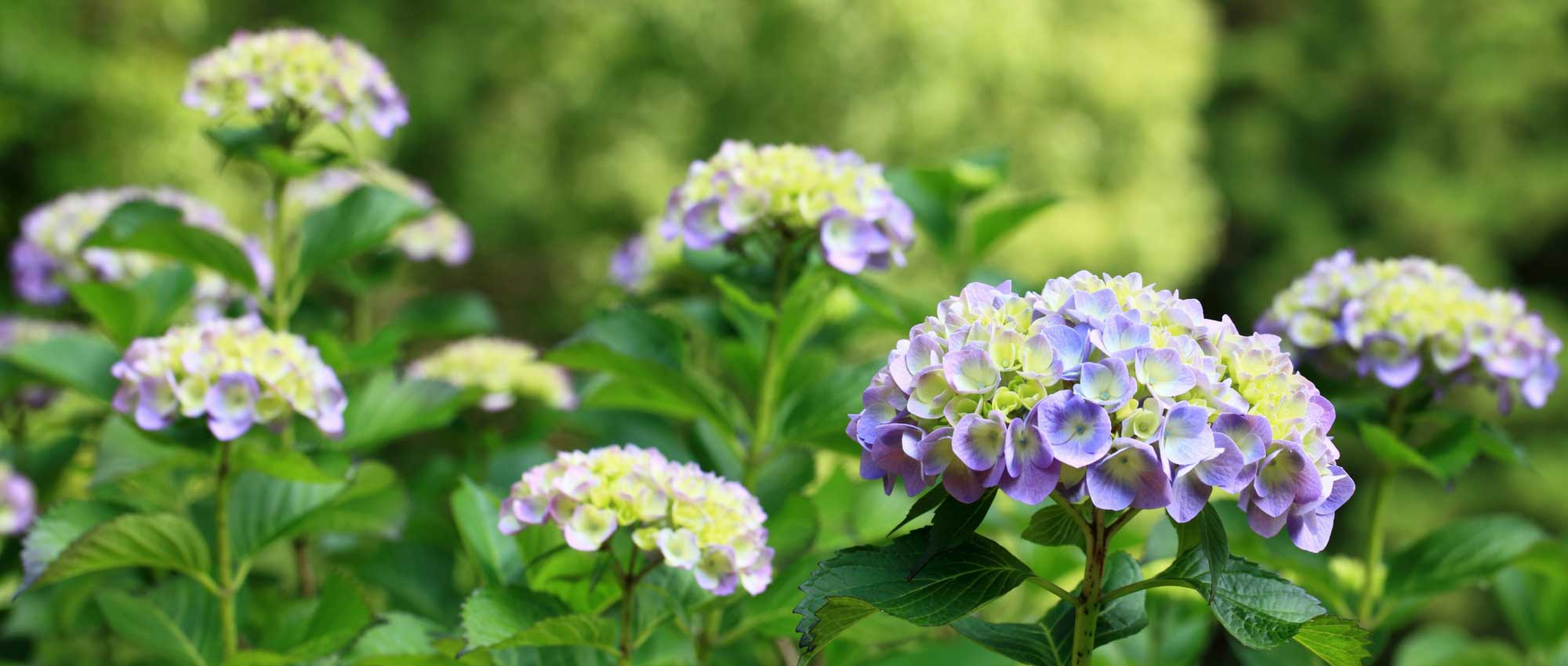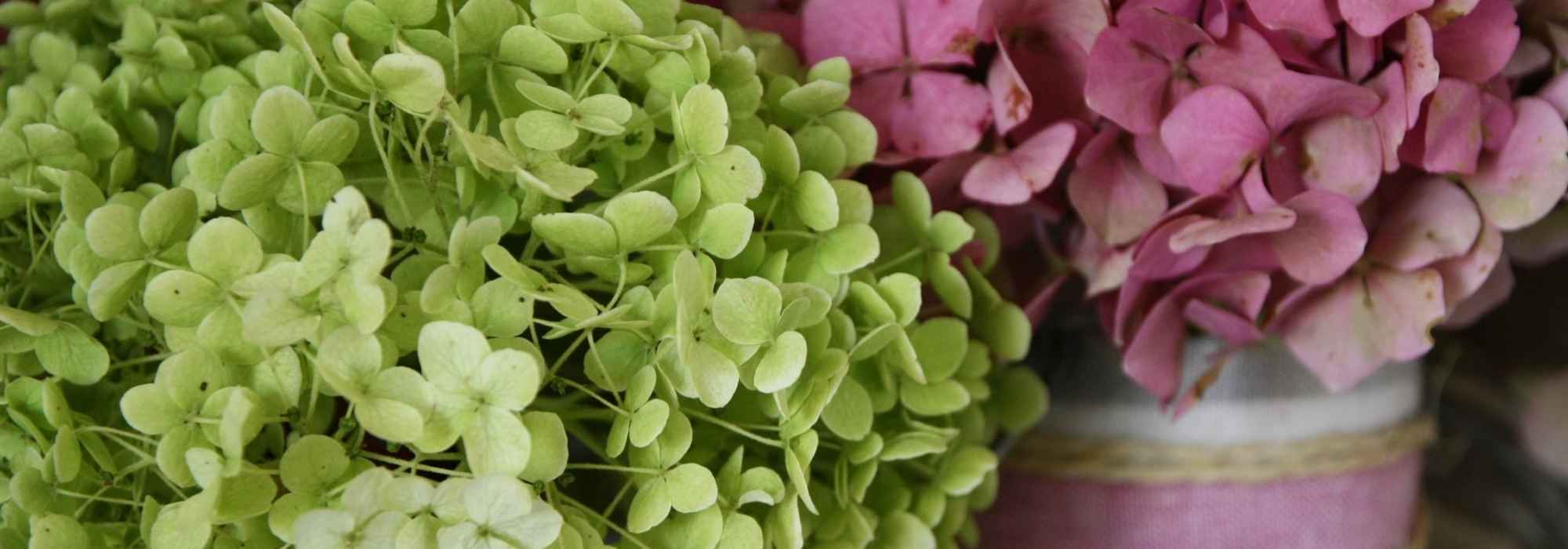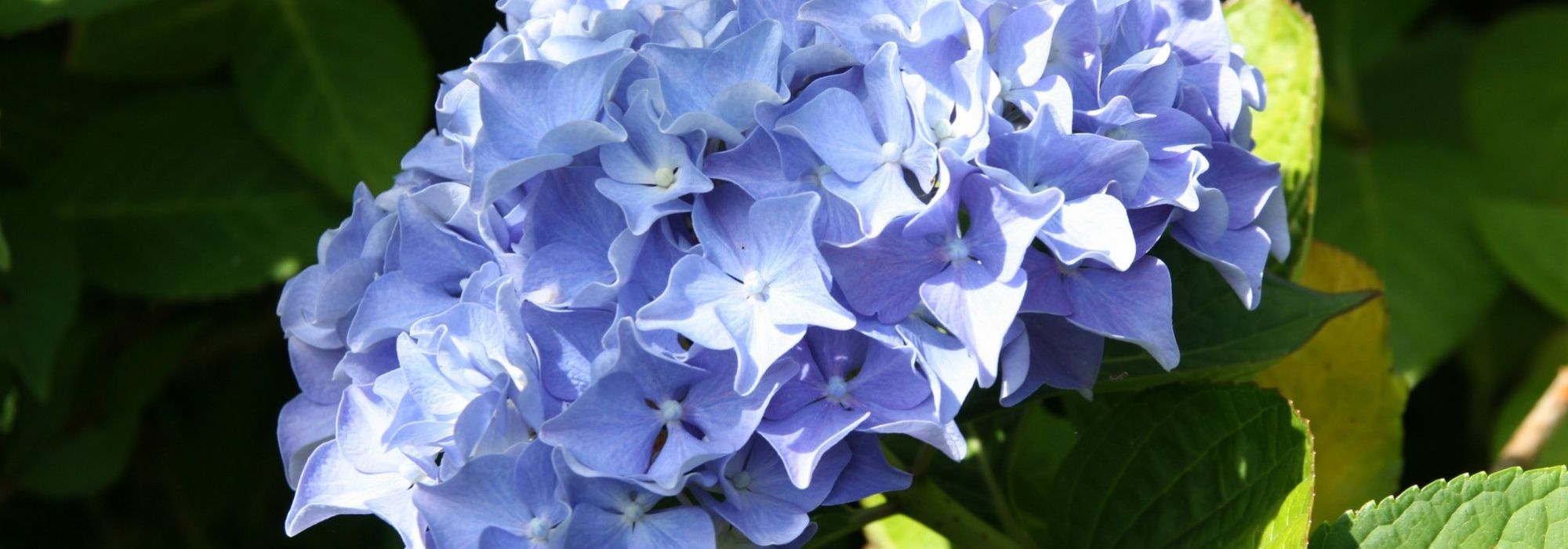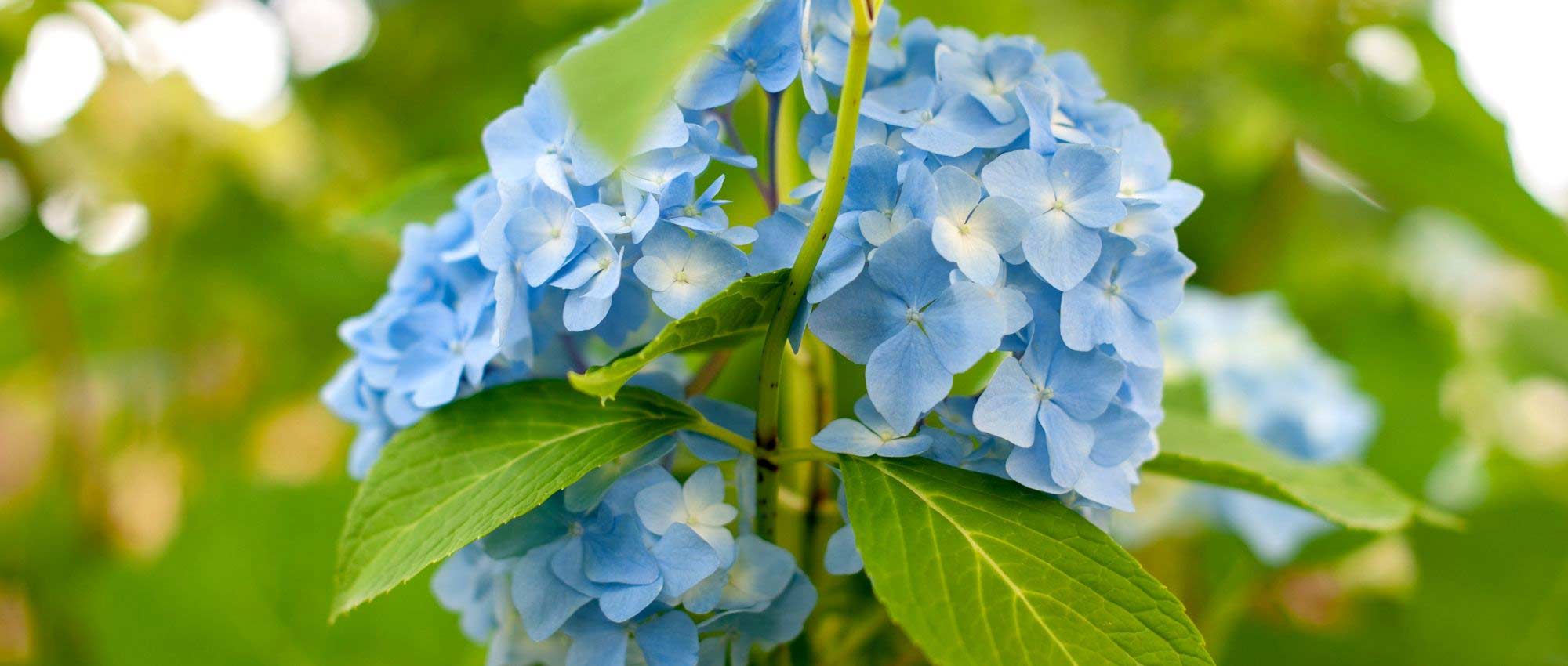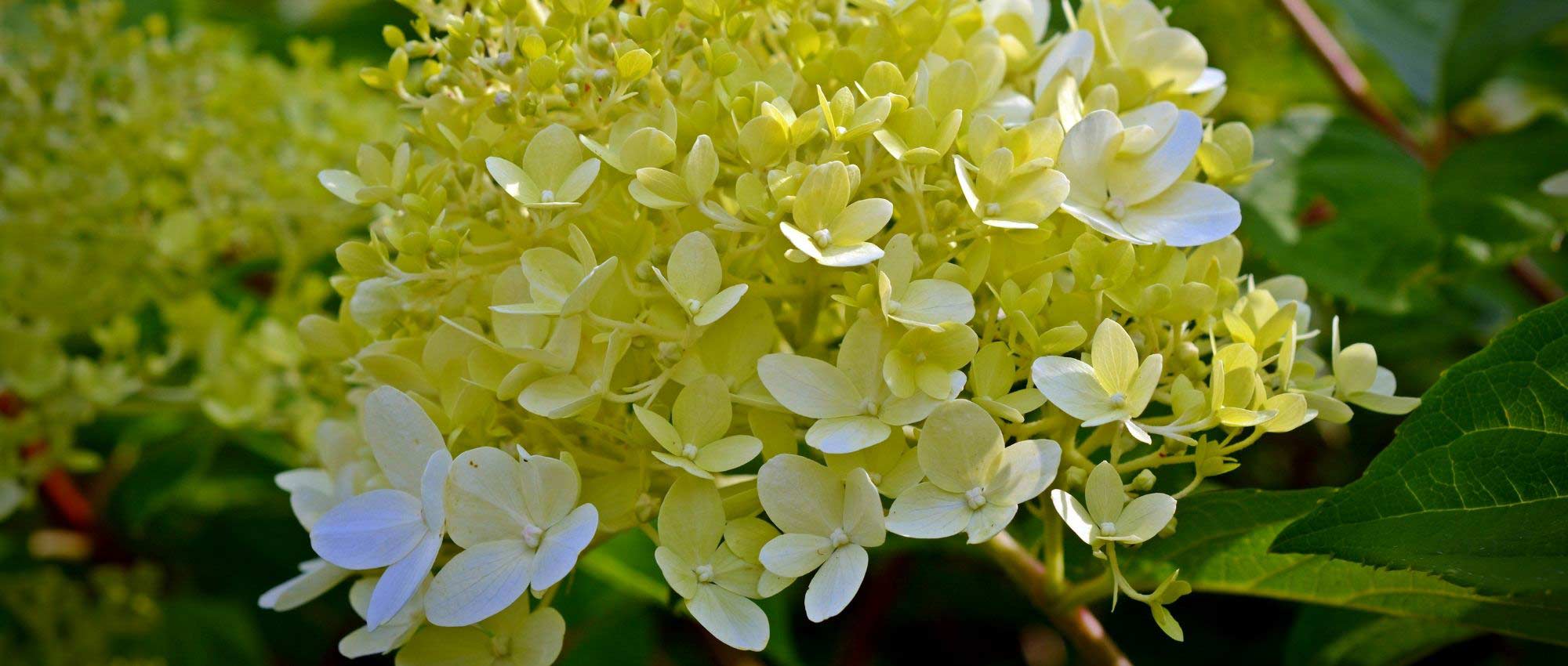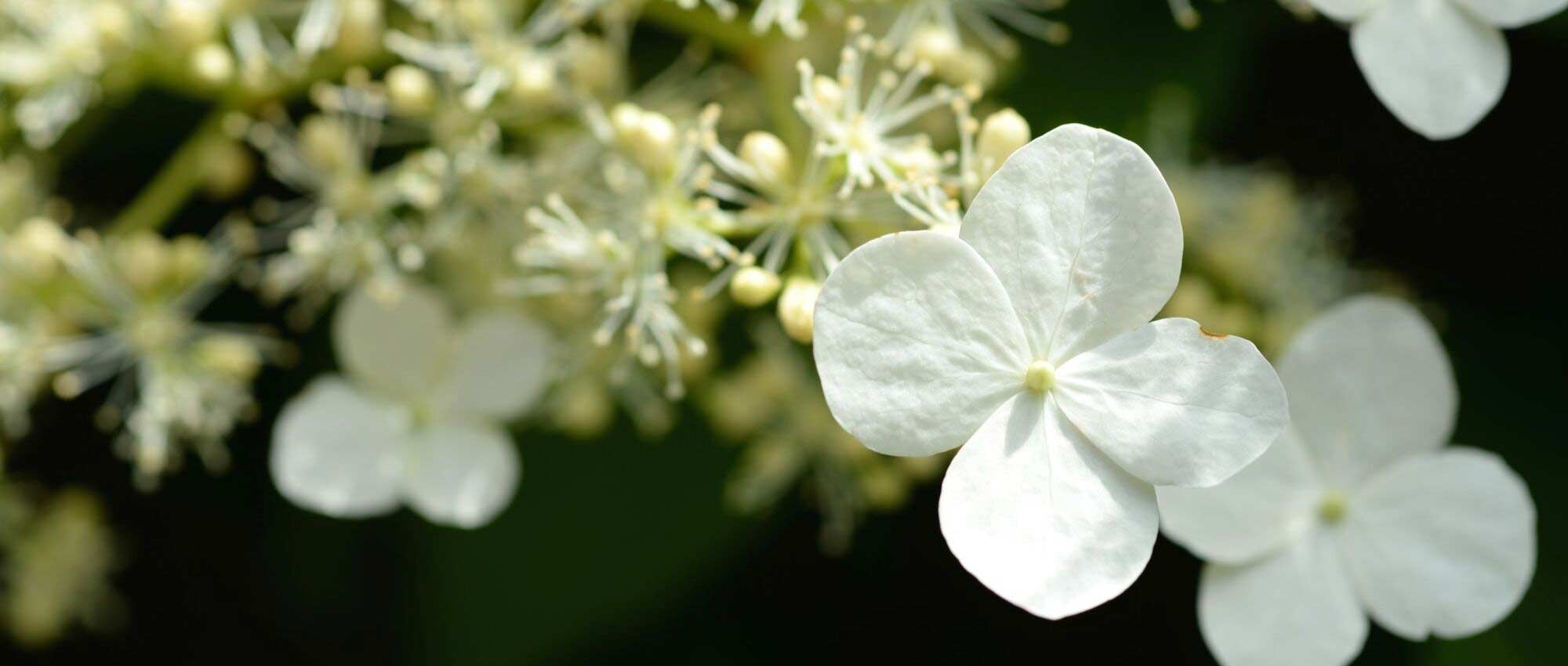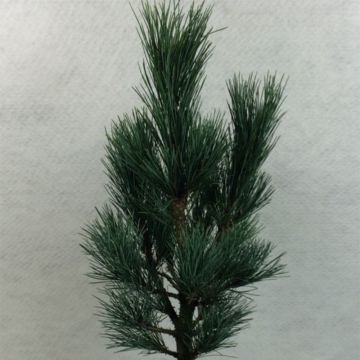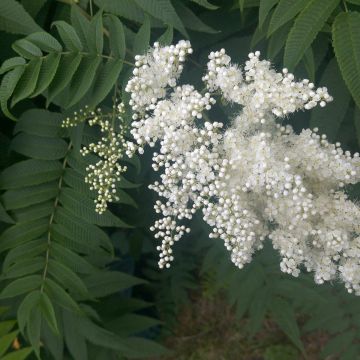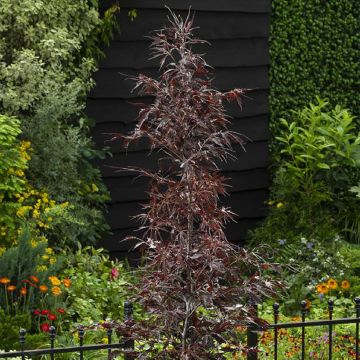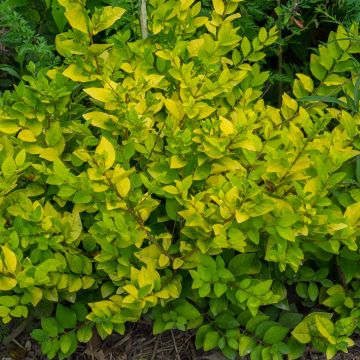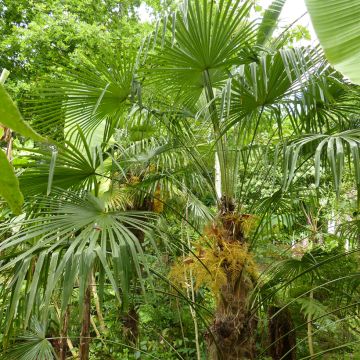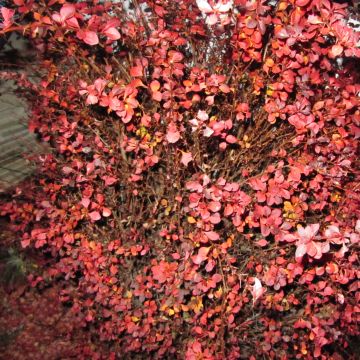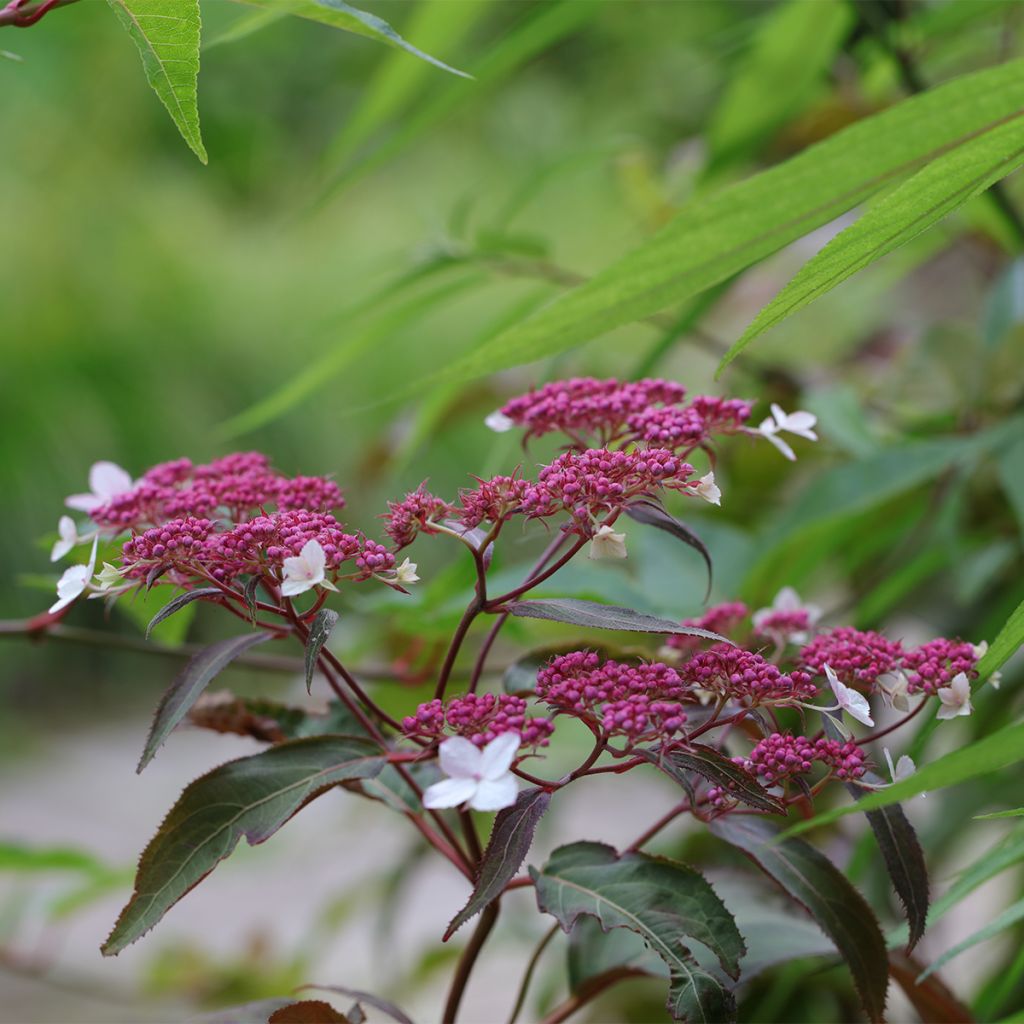

Hortensia - Hydrangea aspera Rosemary Foster


Hortensia - Hydrangea aspera Rosemary Foster
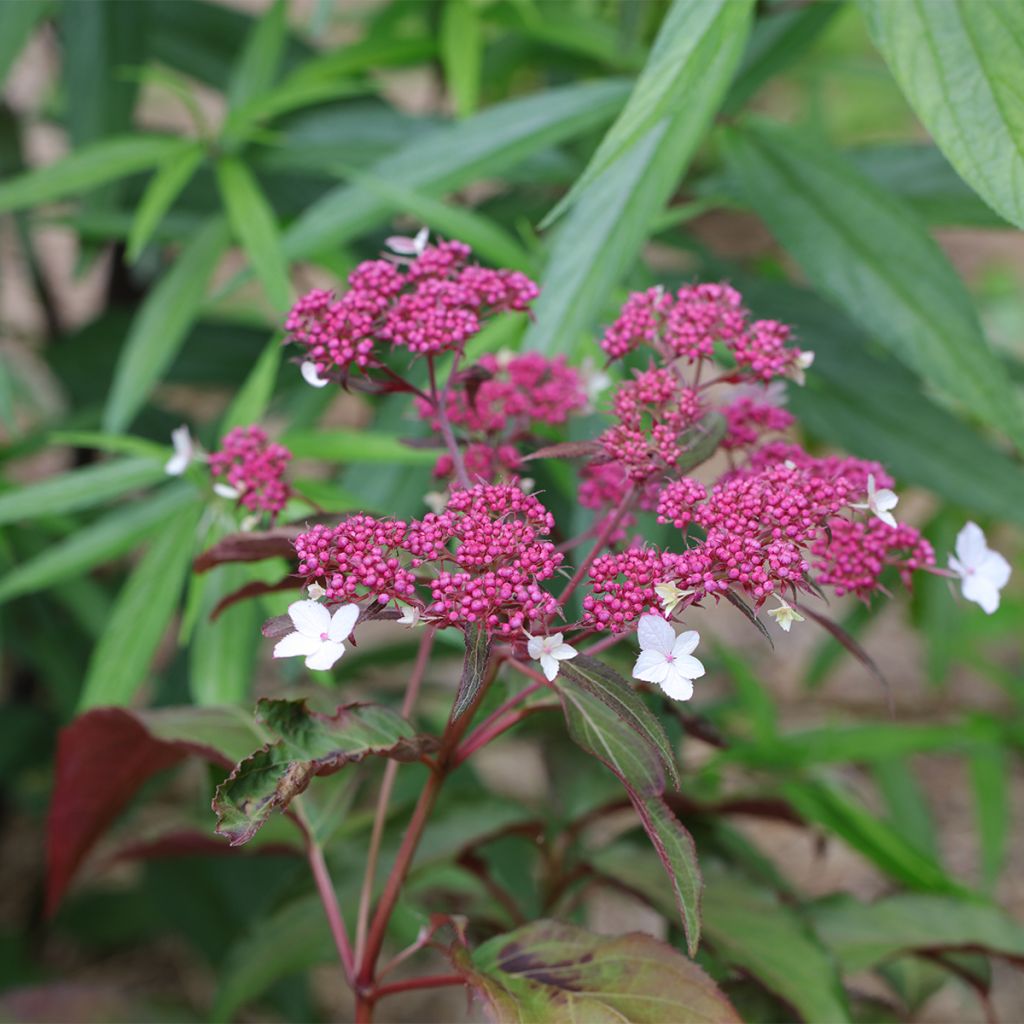

Hortensia - Hydrangea aspera Rosemary Foster
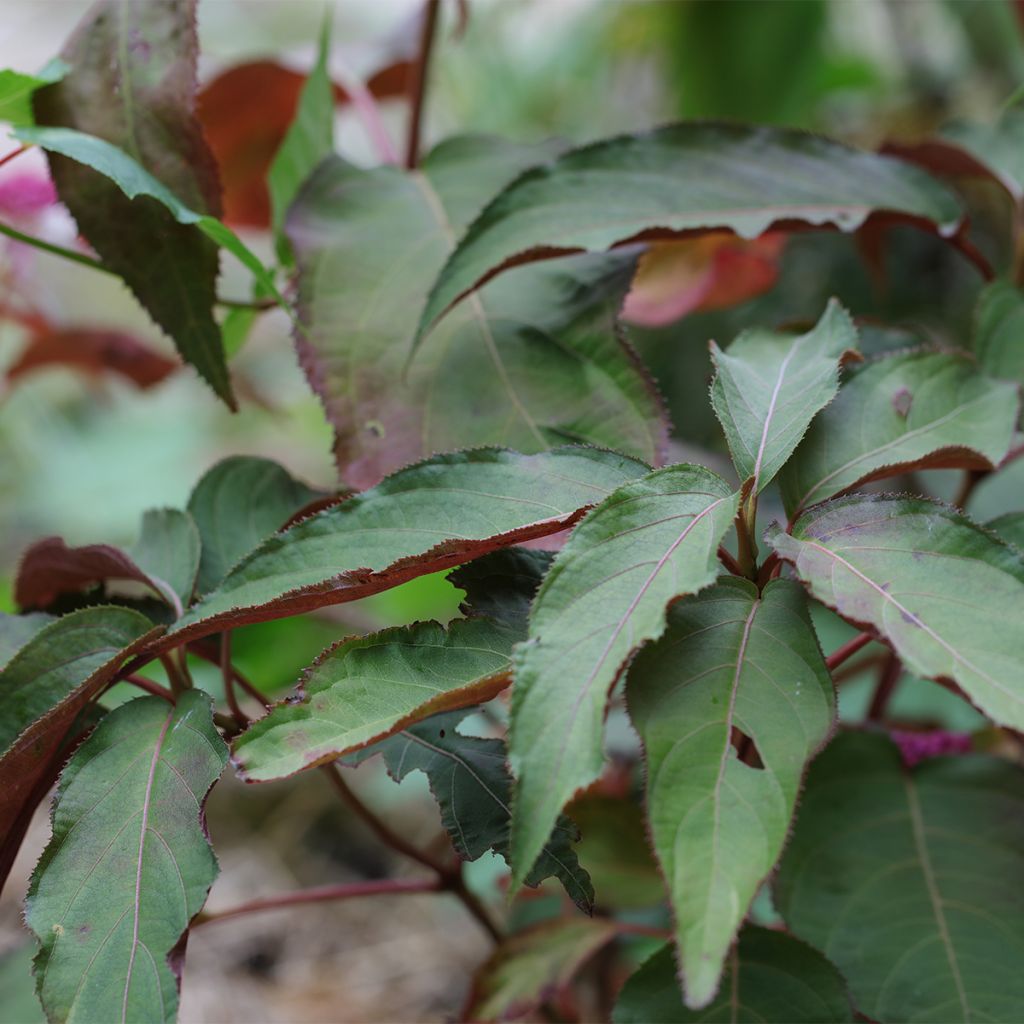

Hortensia - Hydrangea aspera Rosemary Foster
Hydrangea aspera Rosemary Foster
Hydrangea aspera Rosemary Foster
Rough-leaved Hydrangea, Aspera Hydrangea
Arrived in a sorry state. Only one leaf and all droopy. Slowly coming back to life but I am extremely disappointed, as well as with the rest of my order...
Laetitia , 05/06/2024
Special offer!
Receive a €20 voucher for any order over €90 (excluding delivery costs, credit notes, and plastic-free options)!
1- Add your favorite plants to your cart.
2- Once you have reached €90, confirm your order (you can even choose the delivery date!).
3- As soon as your order is shipped, you will receive an email containing your voucher code, valid for 3 months (90 days).
Your voucher is unique and can only be used once, for any order with a minimum value of €20, excluding delivery costs.
Can be combined with other current offers, non-divisible and non-refundable.
Home or relay delivery (depending on size and destination)
Schedule delivery date,
and select date in basket
This plant carries a 24 months recovery warranty
More information
We guarantee the quality of our plants for a full growing cycle, and will replace at our expense any plant that fails to recover under normal climatic and planting conditions.
Would this plant suit my garden?
Set up your Plantfit profile →
Description
The Hydrangea aspera 'Rosemary Foster' is a wonderful cultivar of Hydrangea with flat flowers obtained in England by Maurice Foster who dedicated it to his wife. It is characterized by a compact habit, rapid flowering, and beautiful colors. This small bush is truly extraordinary with its long leaves that change from brown to green with a purple underside and its large violet to purple-pink umbels scattered with white florets. This long summer flowering, whose color is little influenced by the nature of the soil, will be followed by beautiful autumn colors. It is a very hardy variety and easy to grow in well-prepared ordinary garden soil. A very beautiful discovery, which is very difficult to resist!
Originally from a large part of southern and eastern Asia, where it shows great variability, the Hydrangea aspera is a large and hardy shrub belonging to the hydrangea family. It is a close relative of hydrangeas with large leaves and ball-shaped inflorescences.
The Hydrangea aspera Rosemary Foster is a small bush that grows about 1.20 m (3 ft 11 in) in all directions. It has a very bushy habit; its flower heads are flat and particularly dense. The corymb consists of small flowers arranged in umbels, carried by dark red peduncles. The sterile flowers are larger and fewer in number, forming a sparse crown around the fertile flowers. The fertile flowers resemble small clustered buds of a reddish wine colour and open into tiny violet flowers from the outside to the inside of the corymb. This particular arrangement is called a "grandmother's bonnet."
The foliage of this hydrangea is deciduous, falling in autumn. It consists of elongated, lanceolate leaves with very fine teeth, slightly downy, more so on the underside. The leaves are marked with fairly deep veins. The young leaves are chocolate brown, while the mature leaves are greyish-green on top and purplish to brown on the underside. In autumn, the leaves take on golden to amber tones.
Hydrangea aspera Rosemary Foster likes cool shady or semi-shady environments, but is one of the few, along with Hydrangea quercifolia and its varieties, to be quite tolerant of limestone and to tolerate slightly sunny exposures. Naturally, it will also thrive in an ericaceous bed alongside other hydrangeas, Kalmia, or Chinese Azalea. Pairing it with a small red rose or with Four O'Clock Flowers (Mirabilis jalapa) is quite charming. This hydrangea, with its small size, is ideal in gardens of all sizes. It can be planted in flower beds, along a path, near an entrance, or even in a large pot on the terrace.
Hydrangea aspera Rosemary Foster in pictures
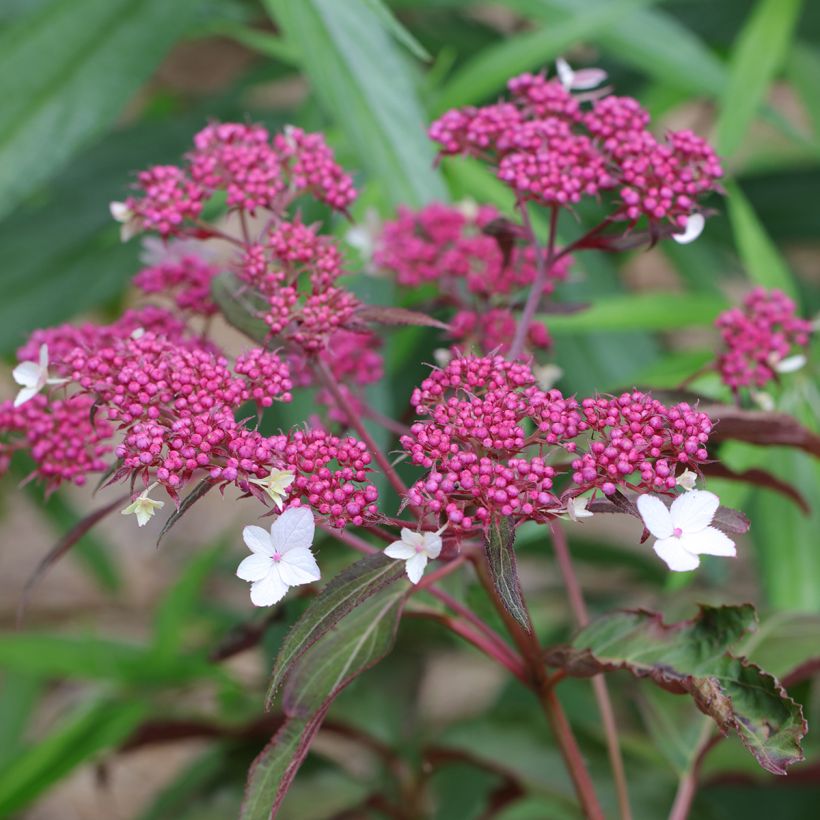

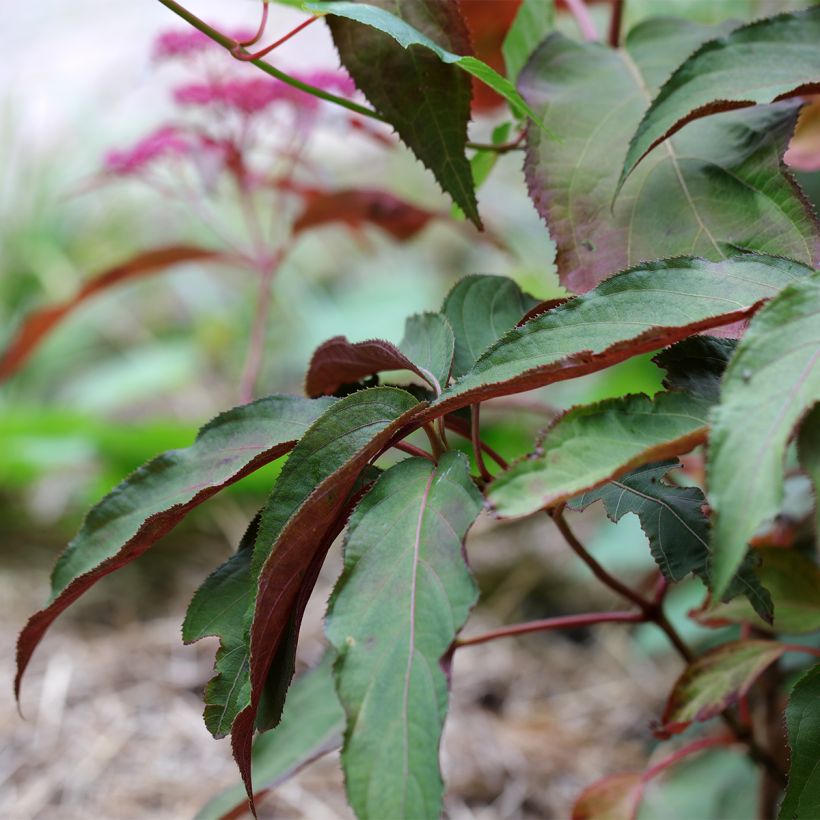

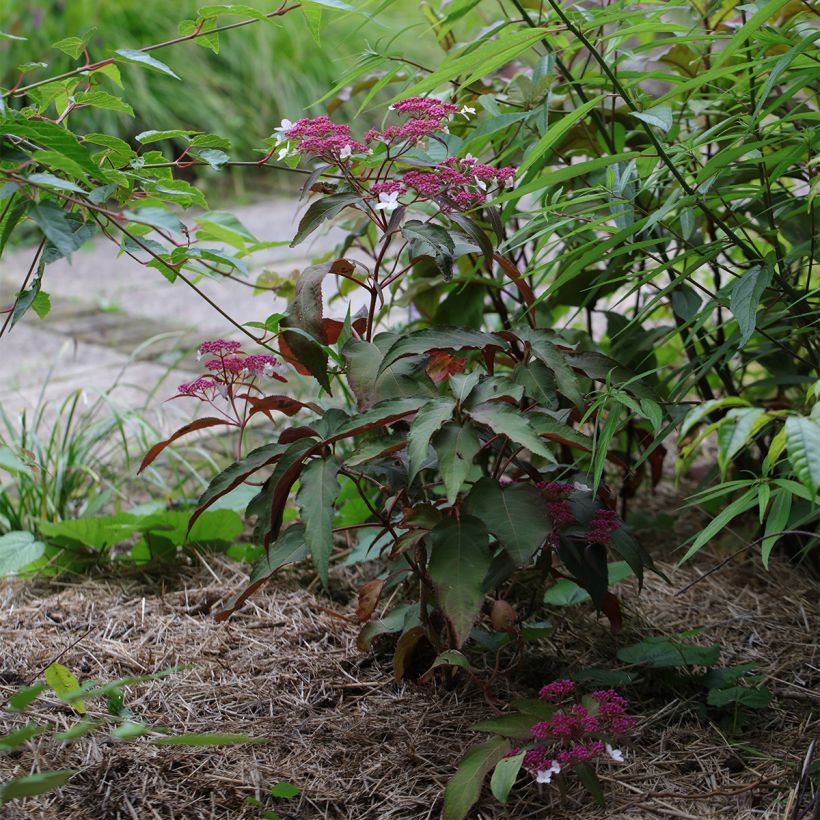

Plant habit
Flowering
Foliage
Botanical data
Hydrangea
aspera
Rosemary Foster
Hydrangeaceae
Rough-leaved Hydrangea, Aspera Hydrangea
Cultivar or hybrid
Other Hydrangea aspera
View all →Planting and care
To plant your Hydrangea aspera Rosemary Foster, choose a spot that's semi-shaded or gets mild sun. If your soil is chalky, dig a hole and fill it with a mixture of garden soil, leaf compost, and ericaceous soil. This variety usually grows well in ordinary, deep, and well-loosened soil that stays fresh in summer. Adding well-decomposed manure or compost can be helpful. Ensure to water it a lot when you plant it and during the first two years. In case of drought, water it a few times during the summer and mulch the base in hot regions.
After September, stop all watering and in cold regions, protect the base with a mulch of dead leaves.
This modestly growing variety of hydrangea is suitable for pot cultivation.
Planting period
Intended location
Care
Planting & care advice
-
, onOrder confirmed
Reply from on Promesse de fleurs
Similar products
Haven't found what you were looking for?
Hardiness is the lowest winter temperature a plant can endure without suffering serious damage or even dying. However, hardiness is affected by location (a sheltered area, such as a patio), protection (winter cover) and soil type (hardiness is improved by well-drained soil).

Photo Sharing Terms & Conditions
In order to encourage gardeners to interact and share their experiences, Promesse de fleurs offers various media enabling content to be uploaded onto its Site - in particular via the ‘Photo sharing’ module.
The User agrees to refrain from:
- Posting any content that is illegal, prejudicial, insulting, racist, inciteful to hatred, revisionist, contrary to public decency, that infringes on privacy or on the privacy rights of third parties, in particular the publicity rights of persons and goods, intellectual property rights, or the right to privacy.
- Submitting content on behalf of a third party;
- Impersonate the identity of a third party and/or publish any personal information about a third party;
In general, the User undertakes to refrain from any unethical behaviour.
All Content (in particular text, comments, files, images, photos, videos, creative works, etc.), which may be subject to property or intellectual property rights, image or other private rights, shall remain the property of the User, subject to the limited rights granted by the terms of the licence granted by Promesse de fleurs as stated below. Users are at liberty to publish or not to publish such Content on the Site, notably via the ‘Photo Sharing’ facility, and accept that this Content shall be made public and freely accessible, notably on the Internet.
Users further acknowledge, undertake to have ,and guarantee that they hold all necessary rights and permissions to publish such material on the Site, in particular with regard to the legislation in force pertaining to any privacy, property, intellectual property, image, or contractual rights, or rights of any other nature. By publishing such Content on the Site, Users acknowledge accepting full liability as publishers of the Content within the meaning of the law, and grant Promesse de fleurs, free of charge, an inclusive, worldwide licence for the said Content for the entire duration of its publication, including all reproduction, representation, up/downloading, displaying, performing, transmission, and storage rights.
Users also grant permission for their name to be linked to the Content and accept that this link may not always be made available.
By engaging in posting material, Users consent to their Content becoming automatically accessible on the Internet, in particular on other sites and/or blogs and/or web pages of the Promesse de fleurs site, including in particular social pages and the Promesse de fleurs catalogue.
Users may secure the removal of entrusted content free of charge by issuing a simple request via our contact form.
The flowering period indicated on our website applies to countries and regions located in USDA zone 8 (France, the United Kingdom, Ireland, the Netherlands, etc.)
It will vary according to where you live:
- In zones 9 to 10 (Italy, Spain, Greece, etc.), flowering will occur about 2 to 4 weeks earlier.
- In zones 6 to 7 (Germany, Poland, Slovenia, and lower mountainous regions), flowering will be delayed by 2 to 3 weeks.
- In zone 5 (Central Europe, Scandinavia), blooming will be delayed by 3 to 5 weeks.
In temperate climates, pruning of spring-flowering shrubs (forsythia, spireas, etc.) should be done just after flowering.
Pruning of summer-flowering shrubs (Indian Lilac, Perovskia, etc.) can be done in winter or spring.
In cold regions as well as with frost-sensitive plants, avoid pruning too early when severe frosts may still occur.
The planting period indicated on our website applies to countries and regions located in USDA zone 8 (France, United Kingdom, Ireland, Netherlands).
It will vary according to where you live:
- In Mediterranean zones (Marseille, Madrid, Milan, etc.), autumn and winter are the best planting periods.
- In continental zones (Strasbourg, Munich, Vienna, etc.), delay planting by 2 to 3 weeks in spring and bring it forward by 2 to 4 weeks in autumn.
- In mountainous regions (the Alps, Pyrenees, Carpathians, etc.), it is best to plant in late spring (May-June) or late summer (August-September).
The harvesting period indicated on our website applies to countries and regions in USDA zone 8 (France, England, Ireland, the Netherlands).
In colder areas (Scandinavia, Poland, Austria...) fruit and vegetable harvests are likely to be delayed by 3-4 weeks.
In warmer areas (Italy, Spain, Greece, etc.), harvesting will probably take place earlier, depending on weather conditions.
The sowing periods indicated on our website apply to countries and regions within USDA Zone 8 (France, UK, Ireland, Netherlands).
In colder areas (Scandinavia, Poland, Austria...), delay any outdoor sowing by 3-4 weeks, or sow under glass.
In warmer climes (Italy, Spain, Greece, etc.), bring outdoor sowing forward by a few weeks.






























